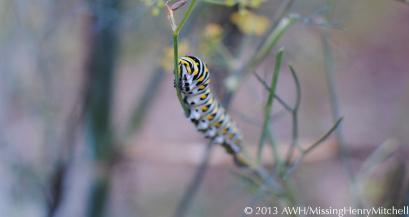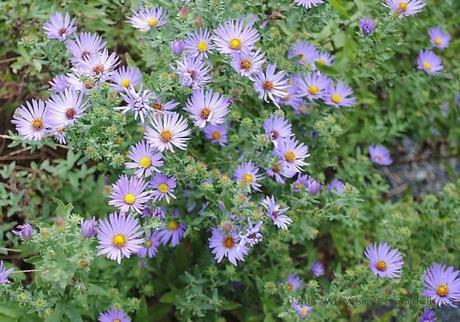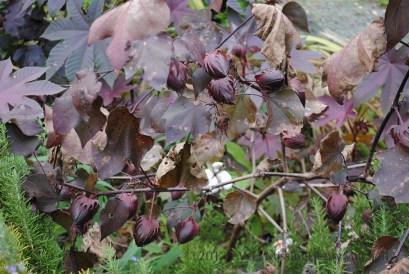Yesterday I wrote about the top genera (all of which happen to be woody) that are important for hosting Lepidoptera species (butterflies and moths). I was astonished to see that Quercus (oaks) are critical hosts for 532 total species of Lepidoptera, 518 of which are natives.
I’m feeling pretty chuffed: My half-acre suburban lot contains 26 oaks, one hickory, and three blueberries, all of which make the top ten. But not everything in the landscape is a woody plant (though sometimes around here it feels like it). What herbaceous genera are important hosts?
Top 10 Herbaceous Genera for Supporting Lepidoptera Species:
- Trifolium (clover): 122 total Lepidoptera species
- Zea (corn, maize): 120 species.
- Solidago (goldenrod): 115
- Aster (asters): 109
- Taraxacum (dandelion): 87
- Fragaria (strawberry): 81
- Helianthus (sunflower): 75
- Medicago (alfalfa): 69
- Brassica (broccoli, cabbage, brussels sprouts, kale, etc.): 68
- Phaseolus (beans): 66

Aster laevis ‘Bluebird’
Interestingly, of those 10 best herbaceous genera, 4 (Zea, Taraxacum, Medicago, and Brassica) are alien to the US.
Clover and alfalfa are common cover crops. The Zea, Fragaria, Brassicas, and Phaseolus genera are very common agricultural crops for home gardeners, and Taraxacum is growing in popularity as an agricultural crop, albeit in very niche markets.
The next 10 ranked herbaceous genera also include lots of food crops grown by home gardeners:
- Plantago (plantain): 66 species
- Solanum (tomatoes, eggplants/aubergines, peppers): 61
- Nicotiana (tobacco): 60
- Gossypium (cotton): 59

Cotton (Gossypium)
- Polygonum (knotweed): 58
- Rumex (dock, sorrel): 54
- Lactuca (lettuce): 51
- Ambrosia (ragweed): 48
- Beta (beets/beetroot): 44
- Chenopodium (lambsquarters): 42
All this points to the importance of using organic methods in the garden. But moreover, we need to be mindful that the foods that sustain humans are also critical support for insect and bird species we not only enjoy, but also rely upon: They pollinate our crops, and they keep other, more problematic insect species under control. And since some species of the important host plants are classified as invasive (including certain Acers, Ambrosias, Brassicas, Plantagos, Polygonums, and Solanums), it’s important to pay attention to the scientific name of what you’re planting.
This year I’m going to embrace my role as part of the ecological circle by planting an extra row or two of these crops to let the caterpillars and butterflies enjoy. I will keep a row for the hungry near my own food crops and protect those with floating row covers; I’ll plant the others in a sunny spot away from my food crops. I hope you’ll consider doing the same.

